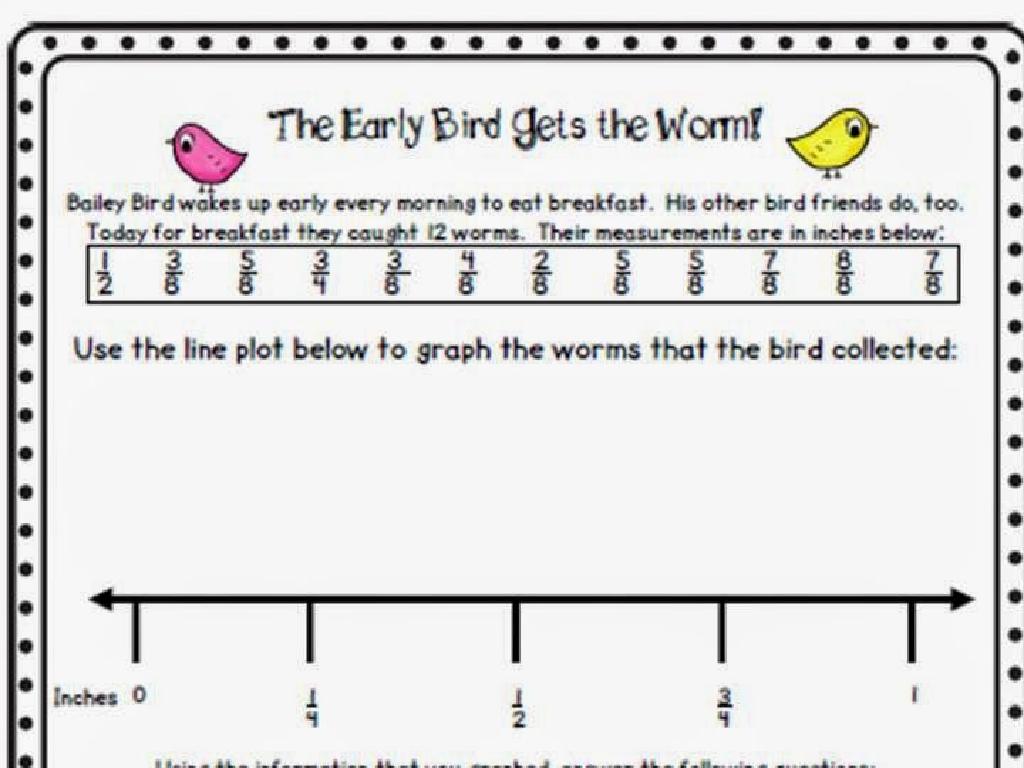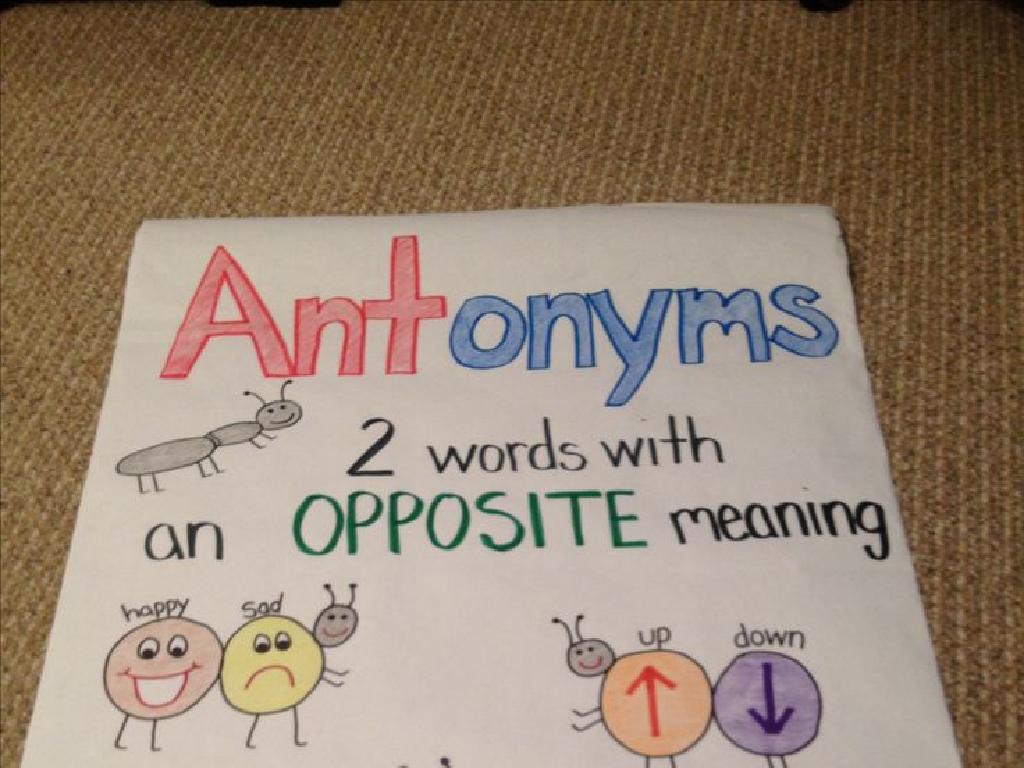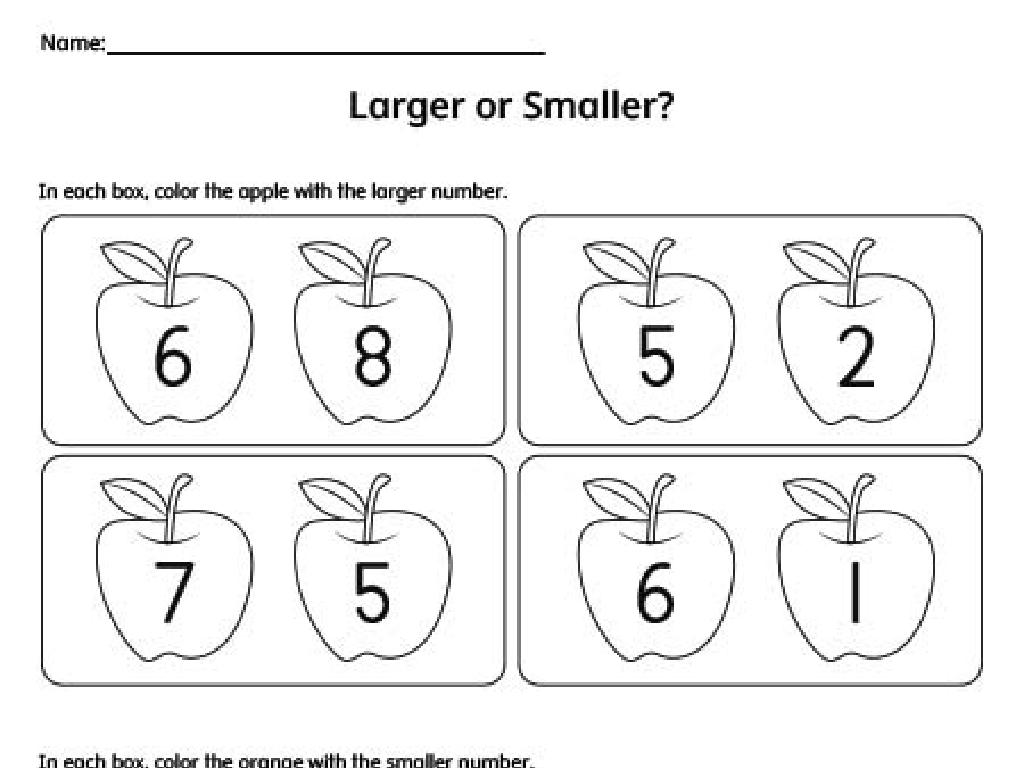Create And Use Supply And Demand Curves
Subject: Social studies
Grade: Fourth grade
Topic: Supply And Demand
Please LOG IN to download the presentation. Access is available to registered users only.
View More Content
Welcome to Supply and Demand!
– Basics of buying and selling
– Buying and selling are how we get goods like toys and food.
– Supply & demand affect on prices
– If many people want an item (high demand) and it’s rare (low supply), it costs more.
– Everyday supply and demand
– Lemonade stands or toy sales show how supply and demand work.
– Interactive class activity
– We’ll create our own supply and demand curves in class!
|
This slide introduces the fundamental concepts of supply and demand to fourth-grade students. Begin by explaining the basic idea of buying and selling, using relatable examples such as purchasing snacks or toys. Discuss how the availability of these items (supply) and how much people want them (demand) can influence the price. Use everyday scenarios, like a popular new toy or a lemonade stand on a hot day, to illustrate these concepts. Finally, prepare for an interactive activity where students will draw their own supply and demand curves based on different scenarios provided in class. This hands-on experience will help solidify their understanding of the topic.
Understanding Supply in Economics
– What is Supply?
– Supply is how much of something is available, like toys or fruits.
– Factors Influencing Supply
– Things like cost to make, weather, and demand can change supply.
– Lemonade Stand Example
– Imagine you sell more lemonade on hot days when more friends are thirsty.
– How Supply Affects Prices
|
Begin the lesson by defining supply as the amount of goods available for sale, which can be anything from toys to fruits. Explain that various factors can influence supply, such as the cost of production, changes in technology, or the weather. Use a relatable example, such as a lemonade stand, to illustrate how supply works: on hot days, there might be more demand for lemonade, so the supply needs to increase to meet this demand. Discuss how changes in supply can affect prices, with the understanding that if something is in short supply, it might become more expensive. Encourage students to think of other examples where they have seen supply in action in their daily lives.
Understanding Demand in Supply and Demand
– What is demand?
– Want or need for products and services
– Factors affecting demand
– Price, trends, and seasons can change demand
– Demand for popular toys
– High demand for the hottest toys during holidays
– How demand changes
|
Begin the lesson by explaining the concept of demand as the desire or need for products and services, which can vary based on several factors. Discuss how things like price changes, current trends, and seasons can influence the demand for different items. Use the example of popular toys, especially during holiday seasons, to illustrate how demand can increase when a product becomes highly sought after. This will help students understand the basic principles of demand in a relatable context. Encourage them to think of examples from their own experiences, such as a new toy they wanted because many other kids had it.
Exploring the Supply Curve
– What is a Supply Curve?
– It’s a graph showing how many goods sellers want to sell at different prices.
– Price affects quantity supplied
– If prices go up, sellers usually want to sell more. If prices go down, they want to sell less.
– Let’s draw a Supply Curve
– We’ll use a graph to plot points showing how much of an item would be sold at different prices.
|
This slide introduces the concept of the supply curve to fourth-grade students. Begin by explaining that a supply curve is a graph that economists use to see how many items sellers are willing to sell at different prices. Emphasize that as the price increases, sellers are typically more willing to supply more goods because they can make more money. Conversely, if the price decreases, they may supply less because they earn less. Have students practice drawing their own supply curves by plotting points on a graph where the y-axis represents price and the x-axis represents quantity. This visual representation will help them understand the relationship between price and supply. Encourage students to think of examples, such as a lemonade stand, where they might sell more lemonade if they can charge a higher price.
Exploring the Demand Curve
– What is a Demand Curve?
– It’s a line graph showing how many items people will buy at different prices.
– Price vs. Quantity Demanded
– As the price goes down, people want to buy more. As the price goes up, they buy less.
– Steps to Draw a Demand Curve
– We plot prices on the vertical axis and quantities on the horizontal axis to create the curve.
– Practice Drawing with Examples
– We’ll use examples like ice cream sales to understand how the curve works.
|
This slide introduces the concept of the demand curve to fourth-grade students. Begin by explaining that a demand curve is a tool economists use to show how willing people are to buy a product at different prices. Highlight that there is an inverse relationship between price and quantity demanded, meaning as price decreases, the quantity people want to buy increases, and vice versa. Walk the students through the process of drawing a demand curve, starting with labeling the axes and plotting points that represent price and quantity. Use relatable examples, such as the demand for ice cream on hot days, to illustrate how the curve is shaped. Encourage students to draw their own demand curves as a class activity, using different products they’re familiar with.
Supply & Demand: Finding Balance
– Interaction of supply & demand
– When supply meets demand, we find a special point on the graph.
– Discovering the equilibrium point
– Equilibrium is where the amount supplied equals the amount wanted.
– Effects of supply or demand changes
– If more toys are wanted than made, demand is high and supply is low.
– Understanding market shifts
– A shift in supply or demand can mean more or fewer goods and different prices.
|
This slide aims to explain the concept of equilibrium in the context of supply and demand curves. Equilibrium is the point where the supply of goods matches the demand. It’s important for students to understand that when either supply or demand changes, it affects the equilibrium point, leading to a shift in the market. For example, if a new toy becomes popular and more people want to buy it, but there aren’t enough toys made, the demand is higher than the supply. This could lead to an increase in the toy’s price. Use real-life examples like the toy scenario to help students grasp how these economic principles play out in everyday life. Encourage them to think of other examples where they have seen prices change, possibly due to changes in supply or demand.
Class Activity: Let’s Create a Classroom Market!
– Understand supply and demand
– Role-play a market simulation
– Students take turns being buyers and sellers
– Apply economic concepts
– Use play money and goods to simulate a market
– Observe market dynamics
– Watch how prices change with supply and demand
|
This interactive class activity is designed to help students understand the basic concepts of supply and demand by creating a simulated market environment in the classroom. Divide the class into buyers and sellers, provide them with play money and goods (like pencils, stickers, etc.), and let them trade. As the activity progresses, guide them to notice how prices fluctuate based on how many items are available (supply) and how much people want them (demand). Encourage students to reflect on their experience and discuss as a class how supply and demand affected the market. Possible variations of the activity could include introducing a sudden increase in supply (e.g., a ‘shipment’ of new goods) or a change in demand (e.g., a new ‘trend’ making a product more popular).
Wrapping Up: Supply and Demand
– Recap of supply and demand
– Understanding its importance
– Knowing supply and demand helps us make better choices as consumers.
– Time for questions
– Reflect on what we learned
– Think about how prices change and why that might happen.
|
As we conclude our lesson on supply and demand, it’s crucial to review the key concepts we’ve learned. Start by summarizing the basic principles of supply and demand curves and how they interact to determine prices. Emphasize the importance of understanding these concepts, as they are fundamental to making informed decisions in everyday life, such as understanding why certain items go on sale or become more expensive. Encourage students to ask any lingering questions they might have and facilitate a discussion to ensure they grasp the material. Finally, ask the students to reflect on new insights they’ve gained and how they might apply this knowledge when they observe changes in prices around them, like at a store or in advertisements.






